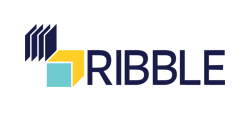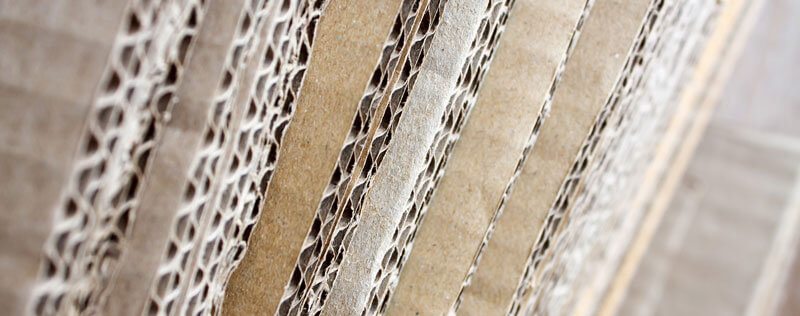The humble cardboard box is one of the most used packaging materials. It is a core product in packaging manufacturing. It not only fills the shelves, but it can be seen all throughout the supply chain too. When looking at a cardboard box, typically printed and branded with inviting colours and wording, it is hard to imagine it started life as a tree. We discuss the box manufacturing process step by step.
As consumers, we often forget to consider how items came to be, but we think the packaging should be celebrated. So, how does a tree finally become a box?
The steps of box manufacturing
1. The tree
While we ideally look for recycled cardboard for box production, at one point, a cardboard box started life as a tree. Typically, the trees used for box manufacturing are softwood trees such as pine and fir tree. The reason they are chosen is that they have long fibres which can help to create a smooth finish for the cardboard as well as creating tension which increases the strength.
Many manufacturers will choose wood from sustainable and managed woodland; this means that any trees that are felled are replaced to help maintain the ecosystem of the forest. The paper and cardboard created will have a different colouring depending on the tree used. For example, silver birch trees will produce a dark colour, while a spruce will create a light brown colour.
2. The pulp
From felling the tree, wood chips are made. These wood chips are then broken down into pulp. This can be done through grinding the wood against a stone or chemically cooking the wood chips. With this, you can add chemicals such as sodium sulphate to increase the strength of the pulp. For most cardboard, the pulp is left as the same colour. However, it can also be bleached to create a white appearance.
3. Corrugation
Once the pulp has been dried, you can then start to create cardboard. For corrugated cardboard, it requires two pieces of paper or card called liners and a portion of fluted cardboard, which sits in between the liners. To fluting helps to give the cardboard further strength and a higher level of protection against damage.
Rolls of the paper made from the dried pulp are fed through a corrugated roller, which flutes or ruffles the paper. Depending on the quality of the box being made will depend on the level of fluting required. As increasing the fluting leads to higher use of material and therefore increased strength, this is used for high-quality boxes. For cheaper boxes, less fluting can be used which can help to create space-saving, a reduced amount of material used and can lower the carbon emissions.
The corrugation machine uses hot steam to create the flutes. At the same time glue is rolled down each side of the flute, so that is sticks to the liners. Once corrugated cardboard is formed, it is then trimmed to provide straight edges.
4. Cutting
Now that you have complete corrugated cardboard, it is time to cut the card to size, depending on the box requirements. There is a comprehensive guide, and many of the machines are programmed to cut the cardboard to scale automatically depending on production demand. Once the basic outline has been cut, the card is then sent to a trimmer.
The trimmer is designed to deal with intricate aspects that the cutting machine cannot handle. A trimmer can add handles to boxes and cut flaps that are needed to construct the box. The trimmer also scores the cardboard, making it easier to fold when the box is ready for assembly.
5. Assembly
Assembly will depend on the requirements of the box. The use of flaps and slots may be best for business who want to construct their boxes on demand. As well as these, boxes built with tape are often efficient to be constructed as and when they are required. Usually, for more robust boxes, glue and stitching are used to fold sections together and keep the box secure.
Specific innovative machinery can construct boxes for you on demand. For example, Ribble Right Size is an on-demand box making machine. It creates the perfect size box depending on your needs to reduce waste and ensure the best fit. The box is constructed for you which can significantly reduce packing production time.
After assembly, offcuts can be recycled to continue in the chain of box making. After the boxes have been branded, printed and utilised, they can be recycled and create a continuous cycle of recycled box manufacturing.






